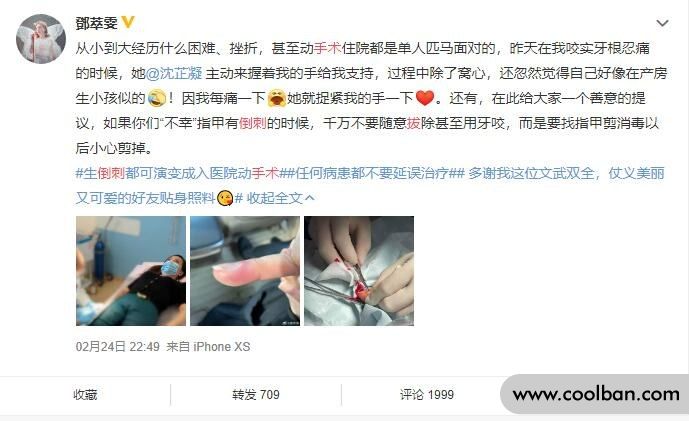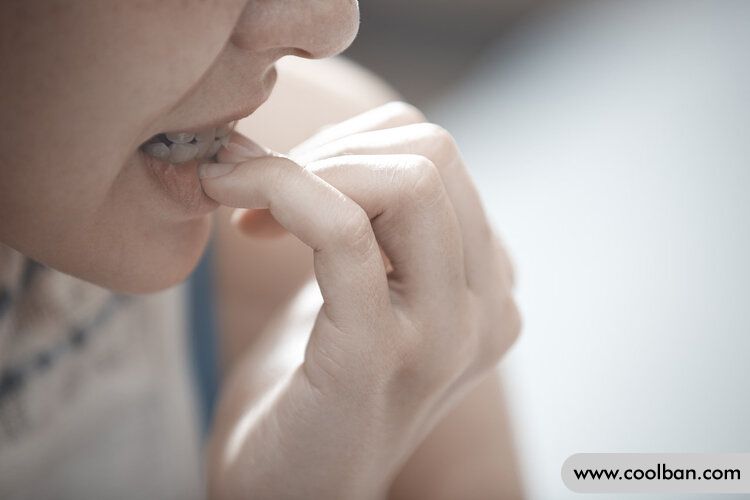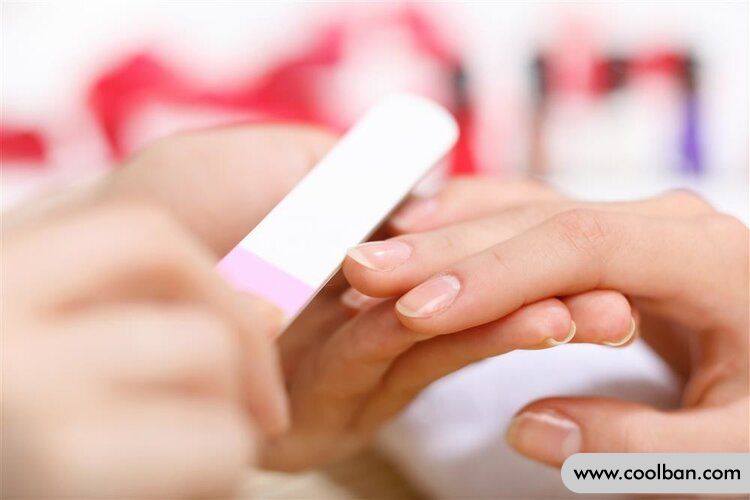Accidentally pulling out the barb may cause nail inflammation, requiring hospitalization
Hong Kong star Deng Cuiwen posted an article about her experience of being hospitalized for surgery after suffering from inflammation after pulling a barb. At the same time, it reminds you, "If unfortunately there is a barb on the nail, do not pull it out, or even bite it with your teeth, take a nail clipper and carefully cut it off after disinfection."
During this process, we also found some problems, for example, the problem of our "fingers do not touch the spring water".
As the saying goes, the fingers are connected to the heart, and the pain of inflammation can be imagined by looking at the pictures through the screen.
Because of the dry weather, artificially biting your nails will cause the skin around the nails to dry out and even crack.
People who like to bite their nails, people who like to pull barbs, can easily injure the skin around the nails, causing the skin to crack, and the pain is tolerable, but once infected, surgery may be required.

How to care for the skin between the nails?
1. Repair the epidermis
1. Soak your hands
Take a medium-sized bowl, pour about 10 cm deep in warm water, and soak your hands, nails and epidermis in the water for about 5 minutes.
Warm water will soften the skin around your nails, making it easier to trim without pain.
2. Gently dry your hands with a towel
Do not have water on the epidermis, but keep your hands moist. Keeping your skin moist and supple while trimming makes it easier to remove dead skin and doesn't hurt.
3. Push the epidermis backwards
Use a wooden peeler or orange stick (a small stick used for armor with a pointed, flat end) to prevent the cuticle from growing onto the nail.
Use the flat end of the orange stick to push the cuticle back and run the pointed end along the base of the nail to remove any built-up dirt.
Before and after each use, the metal or plastic push bar must be sterilized, and the orange wood bar should be thrown away after use, otherwise it will breed bacteria.

4. Cut off the excess skin around the nails
Use nail clippers and clippers to cut off excess dead skin that may be close to the skin, taking care to only cut off peeling, soft, translucent dead skin, not real skin. You should trim off the cuticles that have grown on the nails but are now peeling off.
Do not cut off the protective skin around the nails.
The sloughed dead skin is white compared to the skin, so just remove the dead skin that will get scratched.
5. Apply moisturizer
Moisturize dry skin around your nails by applying lotion, moisturizing oil, or a product designed specifically for moisturizing. Keep an eye on the skin around your nails and apply an appropriate amount of moisturizer on and around your nails.
You can also apply moisturizer under your nails.
In general, alcohol- and fragrance-free moisturizers work well on the skin.
6. Wear gloves that lock in moisture
Put on cotton gloves and leave them on overnight. Gloves lock in moisturizing ingredients that repair your nails and cuticles. Take off your gloves again in the morning.
If you want your moisturizer to absorb better, apply petroleum jelly or paraffin again to lock in the moisture, then put on gloves.
For better, longer-lasting results, repeat this process every night.

2. Prevent epidermis from drying out
1. Moisturize regularly
Moisturize several times a day if you want to make the skin around your nails smoother and more hydrated. Remember to moisturize because barbs and cracks can appear when nails and cuticles dry out.
Keeping your hands moist is especially important during dry winter months.
2. Do not use desiccant
Dry hands are prone to cracking and peeling, so avoid non-essential activities that can cause dry skin, including
Without gloves, wash dishes with hot water. Hot water and soap can cause water loss from your hands. Wear gloves when washing dishes to protect your nails and hands. Dry your hands after washing the dishes.
Use an acetone-based nail polish remover. Acetone will strip your skin and nails of their natural oils.
Do not wear gloves in winter. The cold, dry air in winter can cause dry skin, so be sure to wear gloves.
3. Don't pick your skin
Soak and moisturise your hands instead of picking at the dead skin around your nails, or the skin will crack, which could lead to infection.
Some people pick their nails when they're nervous. Take control and find better alternatives to change this habit.

4. Don't put your hands in your mouth
Try not to bite your fingernails or gnaw around the sloughed dead skin. If you bite the surrounding skin or shorten your nails, the bacteria in your mouth can cause an infection.
You can apply a scented ointment to your hands to prevent yourself from biting your hands.
5. Drink at least 8 glasses of water a day to replenish water.
Hydration makes the skin soft and moisturised. Water is best, but it can also be flavored with sliced oranges, lemons, limes, or cucumbers, or hydrated with other beverages such as tea or juice.
Eat foods that contain a lot of water, such as soup. Fruit sugar can also boost hydration.
If you sweat a lot, drink plenty of water.
6. Eat a healthy, balanced diet
If your body lacks nutrients, your skin, hair, and nails can suffer. Eat more lean protein, vegetables and fruits. In order to be nutritionally balanced, you must eat healthy fats.
You can also take vitamin supplements for healthier nails. But consult your doctor first, and then refill.
7. File nails
Don't keep long nails to avoid getting hooked. Pay special attention to the area around the nails and keep them smooth so as not to damage the skin around the nails.
When filing your nails, file them in one direction to avoid splitting the nails.
